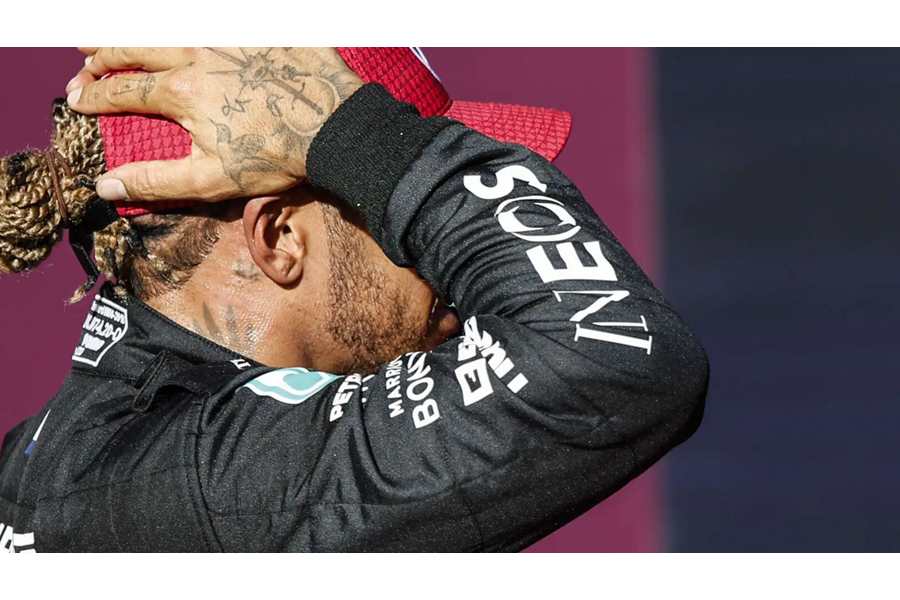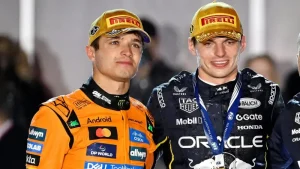
Lewis Hamilton spent 2023 racing with a Mercedes car that was too high off the ground (Image: AP)
Mercedes lobbied for F1 rules to be changed as they suffered from the ‘porpoising’ phenomenon in 2022, but were then caught out after those tweaks to the regulations were made
A top Mercedes chief has admitted his team was overly cautious in setting up Lewis Hamilton and George Russell’s cars this season.
The Silver Arrows managed to scrape second place in the championship ahead of Ferrari. But they were miles away from Red Bull who strolled to the title unchallenged with their all-conquering RB19.
While the champions were able to set up their cars well on all but one occasion, on a rare off-weekend ins Singapore, it was Mercedes’ main issue. The W14 was, like its predecessor, temperamental – a diva, as team principal Toto Wolff called it.
But technical director James Allison has now also revealed that their concerns led to them taking the wrong approach in terms of ride height. That’s despite them lobbying for rule changes in 2022 to force teams to run their cars higher in response to the ‘porposing’ phenomenon which appears along with the return of ground-effect aerodynamics.
The FIA made changes on safety grounds which raised the floor edge of cars by 15mm. But Mercedes went further in the name of caution which ultimately cost them performance and, as Allison admits with the benefit of hindsight, was an error.
He said: “There was a big debate internally, ‘Should we cash in that 15mm and drop the car down, operate the car in a window that is 15mm smaller, because the cars will be less bouncy inherently? Or should we do more of what has done us well over the course of the year, which was force ourselves to keep looking for downforce where it’s difficult high up?’
“These rules don’t reward you high up – [downforce] is really hard to find – but that brought us some benefits over the course of last year. So the debate raged internally for a while. The logic was it’s very hard to predict because the tools are not especially good for this, anyone’s tools, not just ours. They are not very good for predicting exactly where bouncing is going to be incurred.
“It’s much harder to back yourself out of having driven off the edge of a cliff and finding yourself bouncing than it is to be too high, not bouncing and then lower yourself towards it. So the outcome of our internal debate was, ‘Let’s err on the cautious side, let’s keep trying to find downforce where it’s hard and, if it turns out we’ve been too cautious, we will spend the months that follow working quickly to recover that’.
“And if we’re lucky and others cash in the 15mm – and without tools that prove to them everything will be fine, I remain of the view it was a gamble – then they’ll all bounce and we’ll be the smart ones for having taken the cautious approach.
“So that was the route. Now, as it turns out it was too cautious – it was possible to cash in on the 15mm. We would have been better placing our chips on that part of the roulette wheel, then we’d have got much sooner to the performance we’re at now.”







